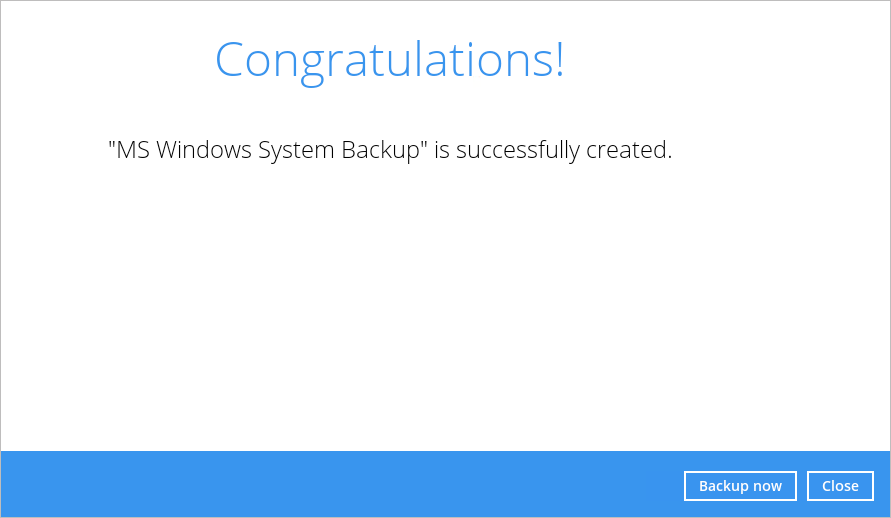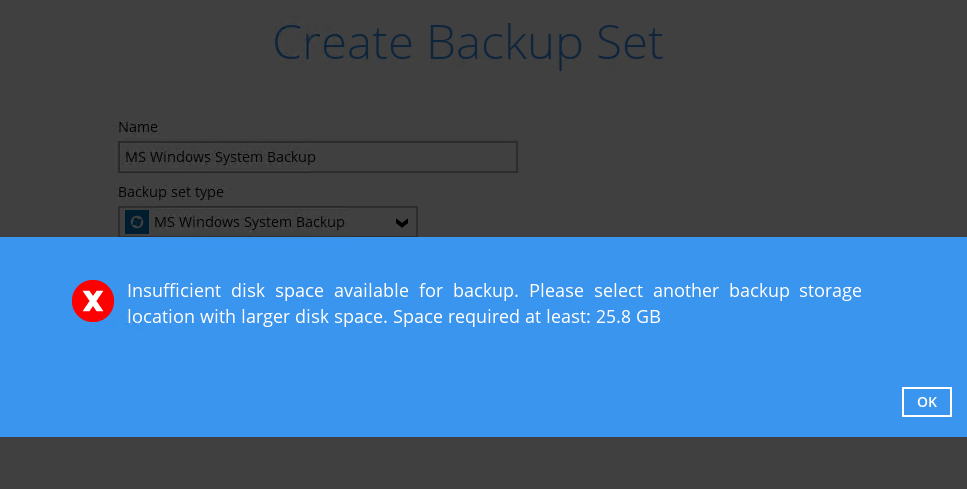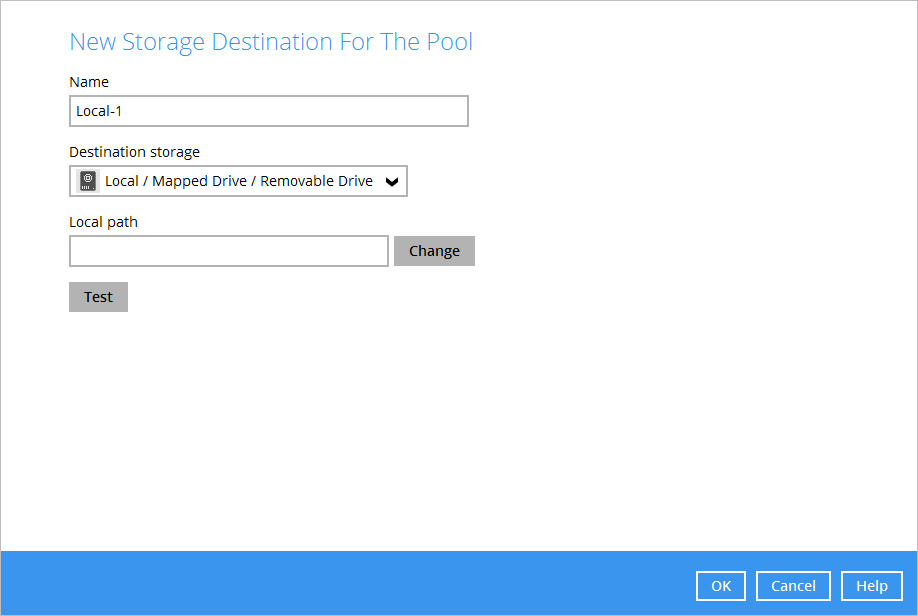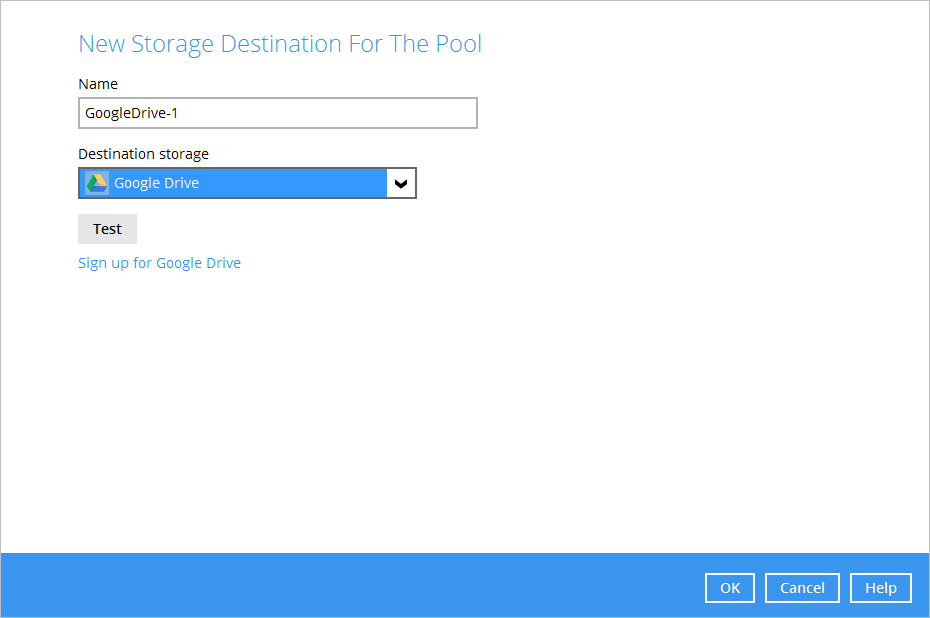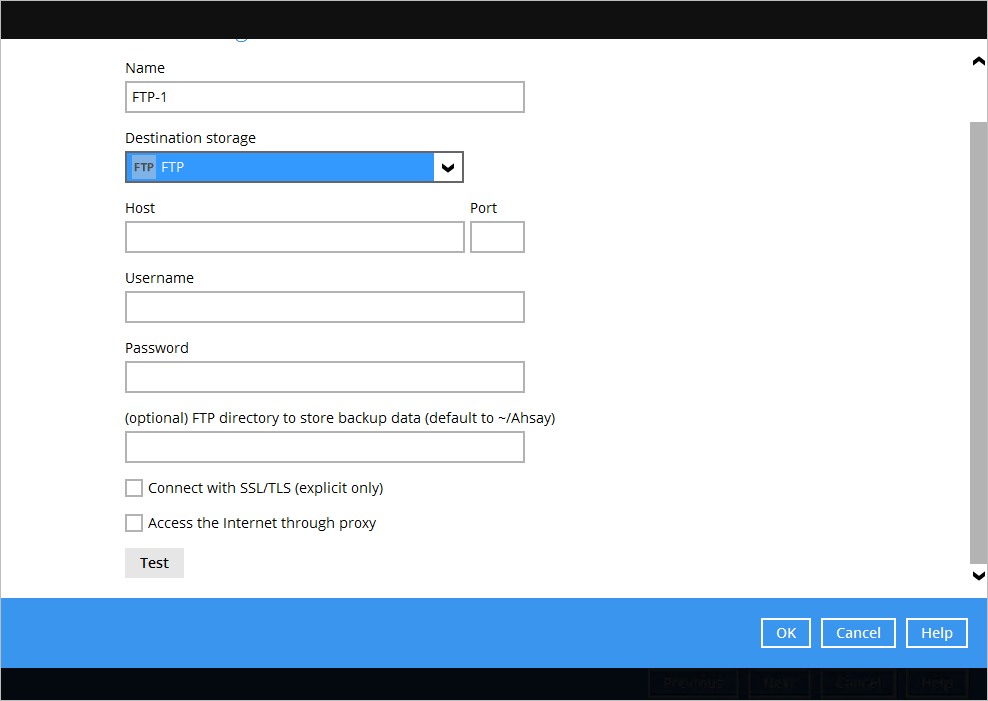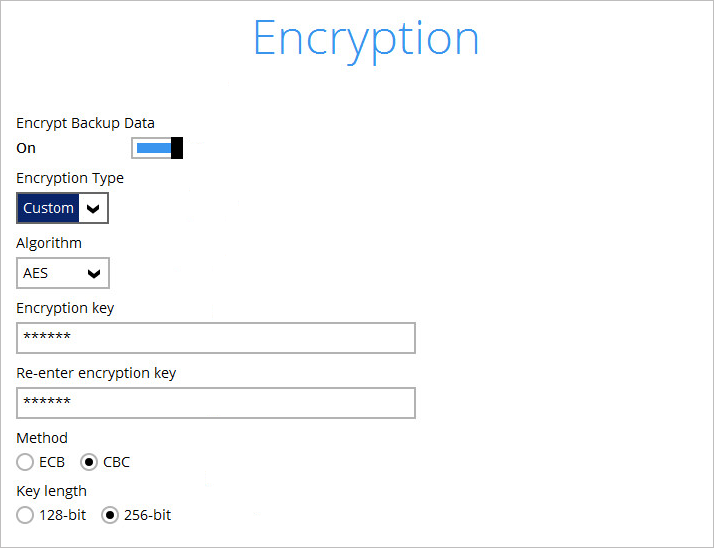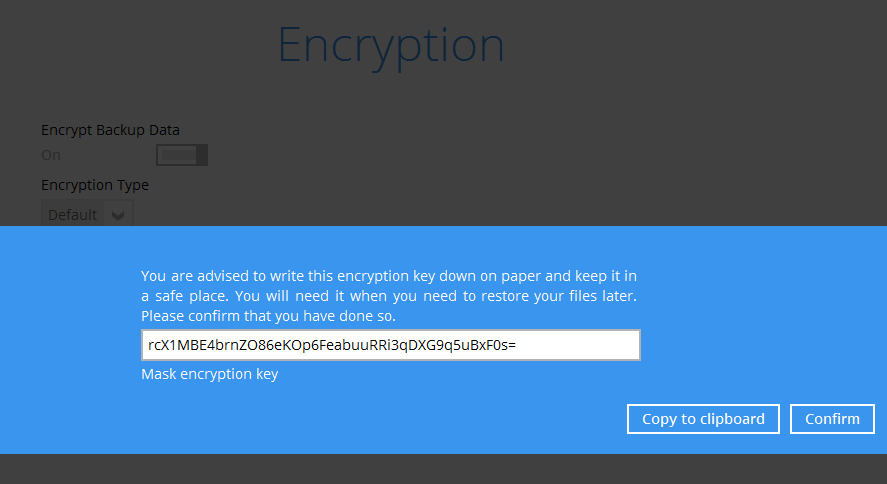User Tools
Sidebar
Configure Backup Set
1. In the CloudBacko Pro main interface, click Backup Sets.
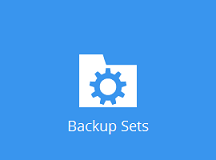
2. Create a MS Windows System backup set by clicking “+” next to Add new backup set.
3. Select MS Windows System Backup as the Backup set type; then enter a Name for your backup set.
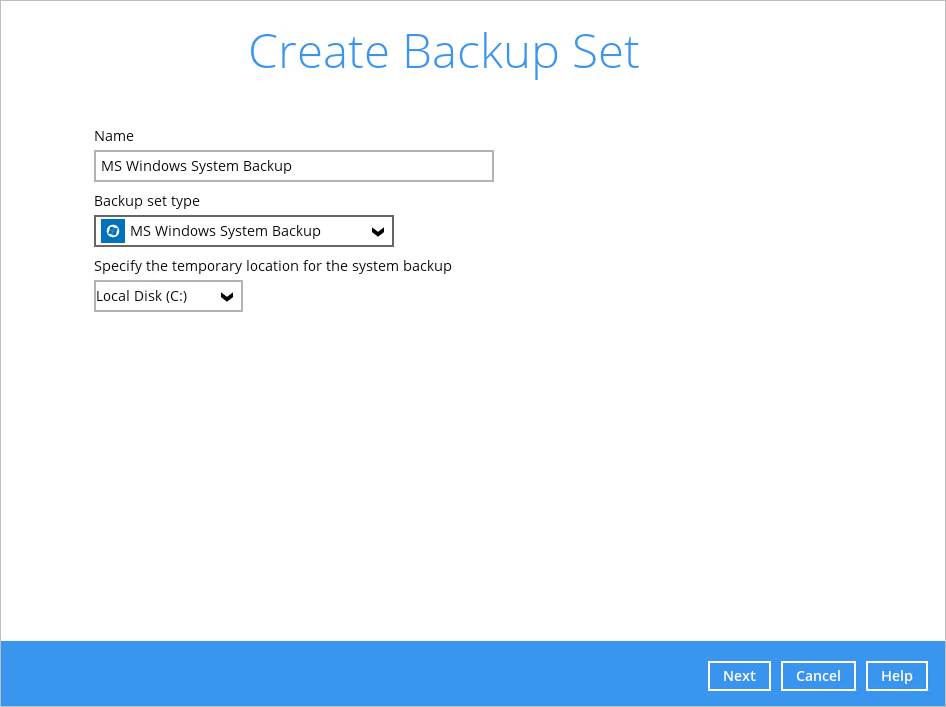
4. Select the location where you would like to store the system image before generating the backup data.
Select a local volume from the dropdown menu.
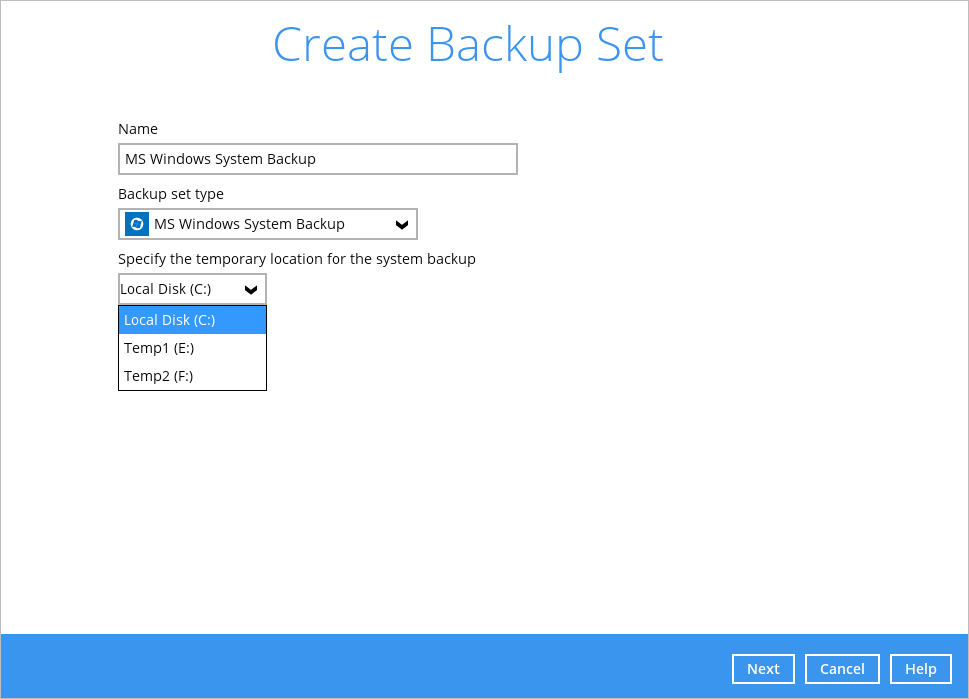
Or
Enter the UNC path to a network volume that is accessible to the client computer.
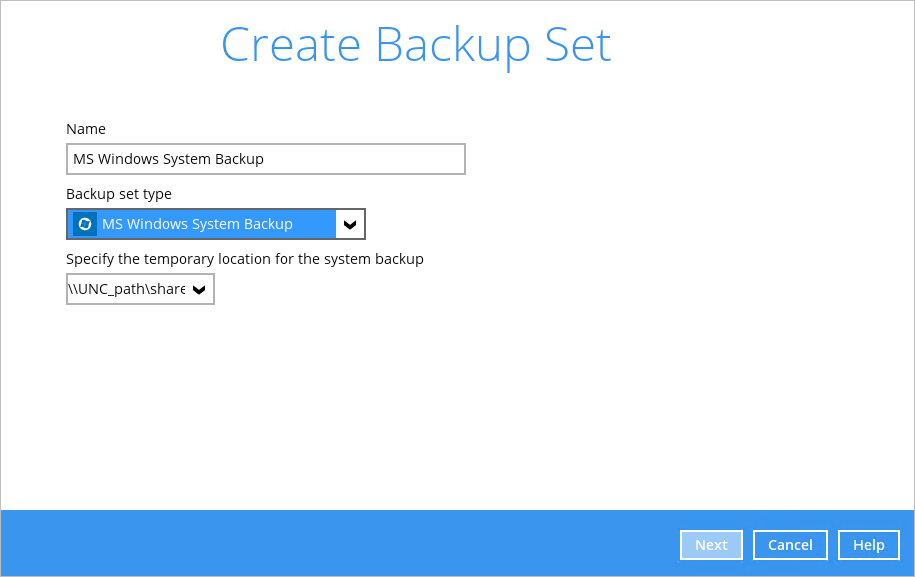
Make sure that the storage location configured for the system image is set to a supported location.
If the disk you selected has insufficient space then this alert message will be displayed.
5. In the Backup Source menu, select the volume(s) which you would like to backup.
Enable the Include all critical volumes option to select all critical volumes for backup automatically. This will ensure that the backup image can be used for full-system / bare-metal recovery.
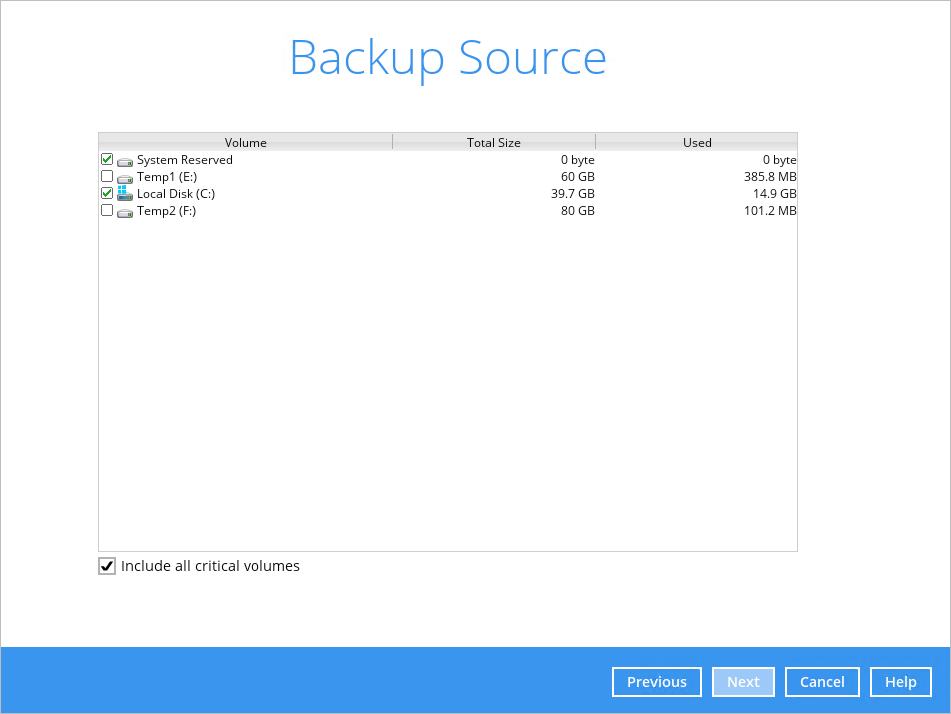
Click Next to proceed.
6. In the Schedule menu, configure a backup schedule for backup job to run automatically at your specified time interval. Click Add to add a new schedule, then click Next to proceed afterward.
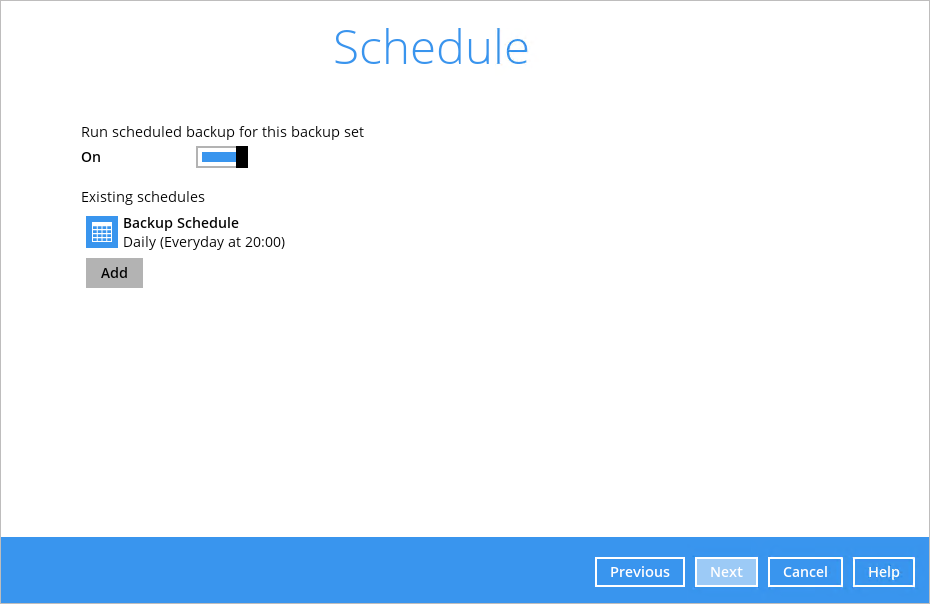
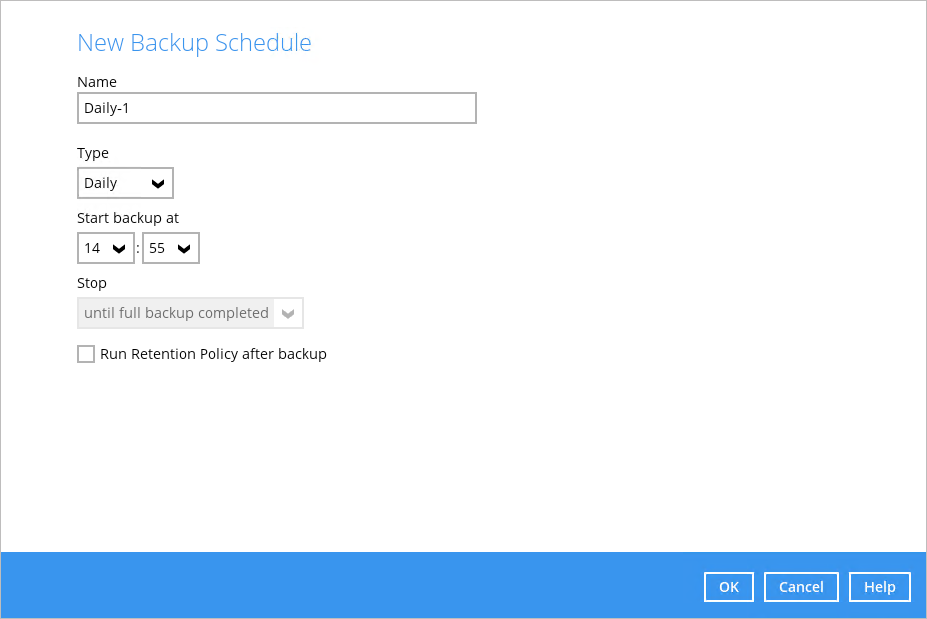
7. In the Destination menu, select a backup destination where the backup data will be stored. Click the “+” icon next to Add new storage destination / destination pool.
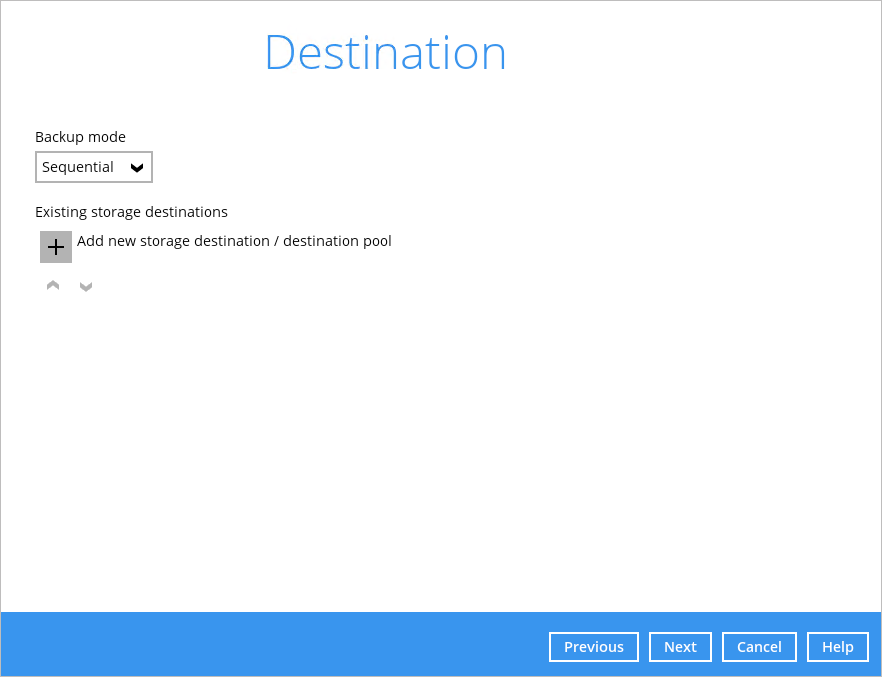
8. Select the Destination storage.
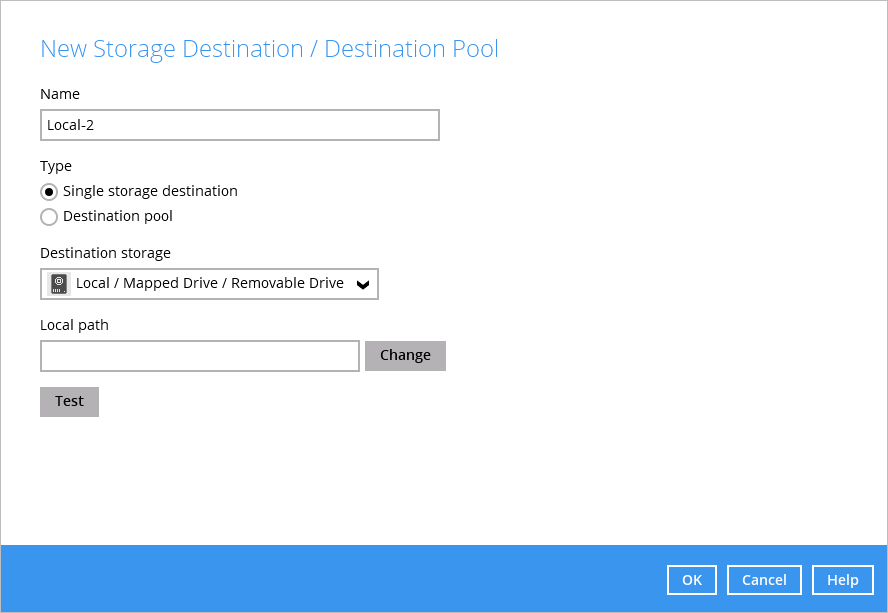
You can choose a storage combination of the Local/Mapped drive/Removable Drive, Cloud storage or FTP. Click OK to proceed when you are done with the settings.
9. You can add multiple storage destinations. The backup data will be uploaded to all the destinations you have selected in the order you added them. Press the  icon to alter the order. Click Next to proceed when you are done with the selection.
icon to alter the order. Click Next to proceed when you are done with the selection.
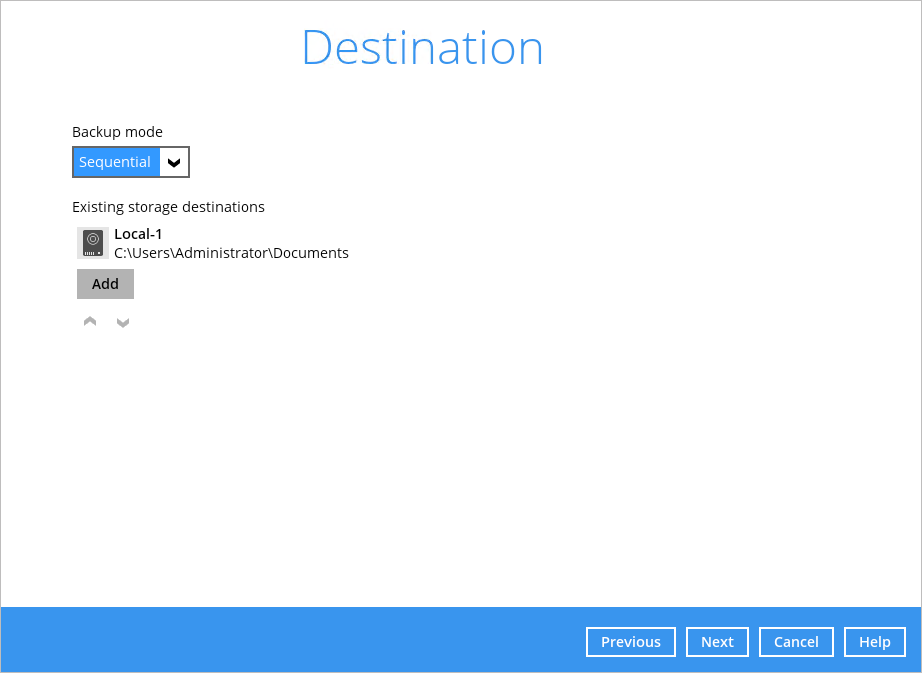
10. In the Encryption window, the default Encrypt Backup Data option is enabled with an encryption key preset by the system which provides the most secure protection.
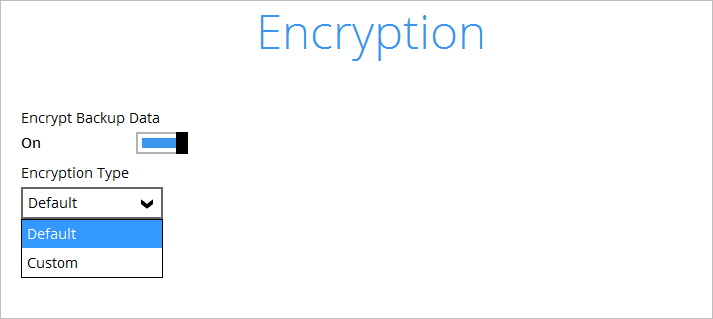
You can choose from one of the following 2 Encryption Type options:
- Default – an encryption key with 44 alpha numeric characters will be randomly generated by the system
Click Next when you are done setting.
11. If you have enabled the Encryption Key feature in the previous step, the following pop-up window shows, no matter which encryption type you have selected.
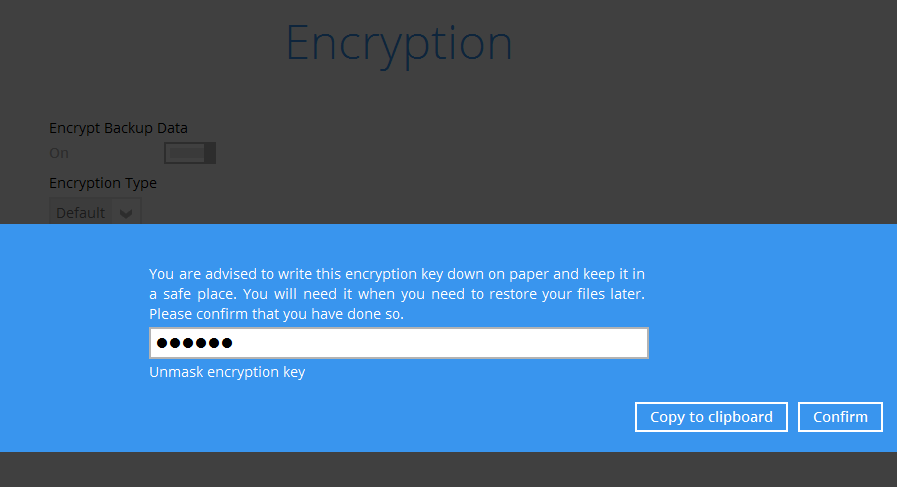
The pop-up window has the following three options to choose from:
- Copy to clipboard – Click to copy the encryption key, then you can paste it in another location of your choice.
- Confirm – Click to exit this pop-up window and proceed to the next step.
12. Enter the Domain Name / Host Name of the computer, User Name and Password of the Windows account that will be running the backup.
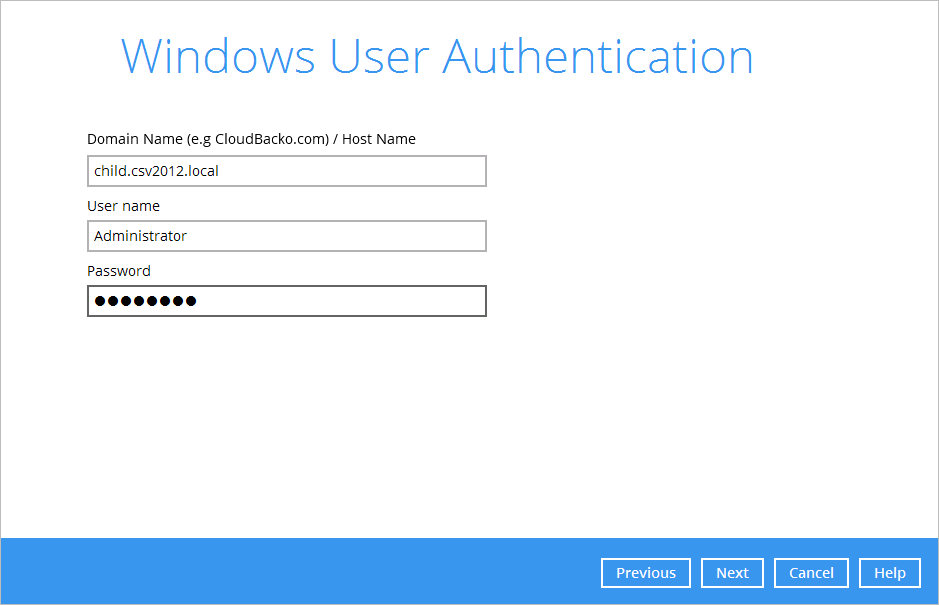
This menu will only be displayed if a backup schedule is configured in the previous step.
13. Click Next to create the backup set.
14. The following screen is displayed when the new MS Windows System backup set is created successfully.
